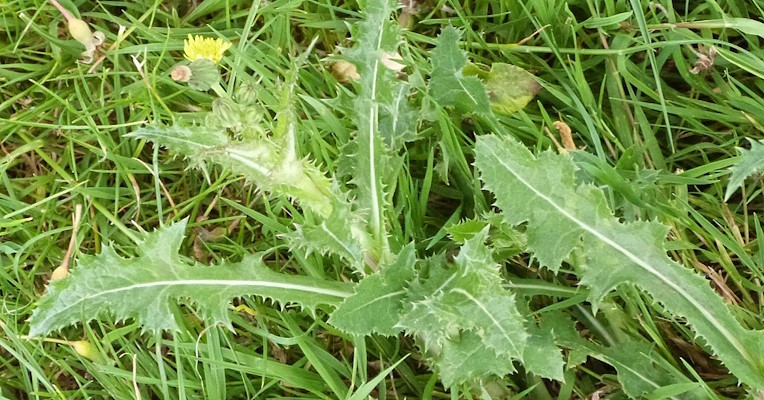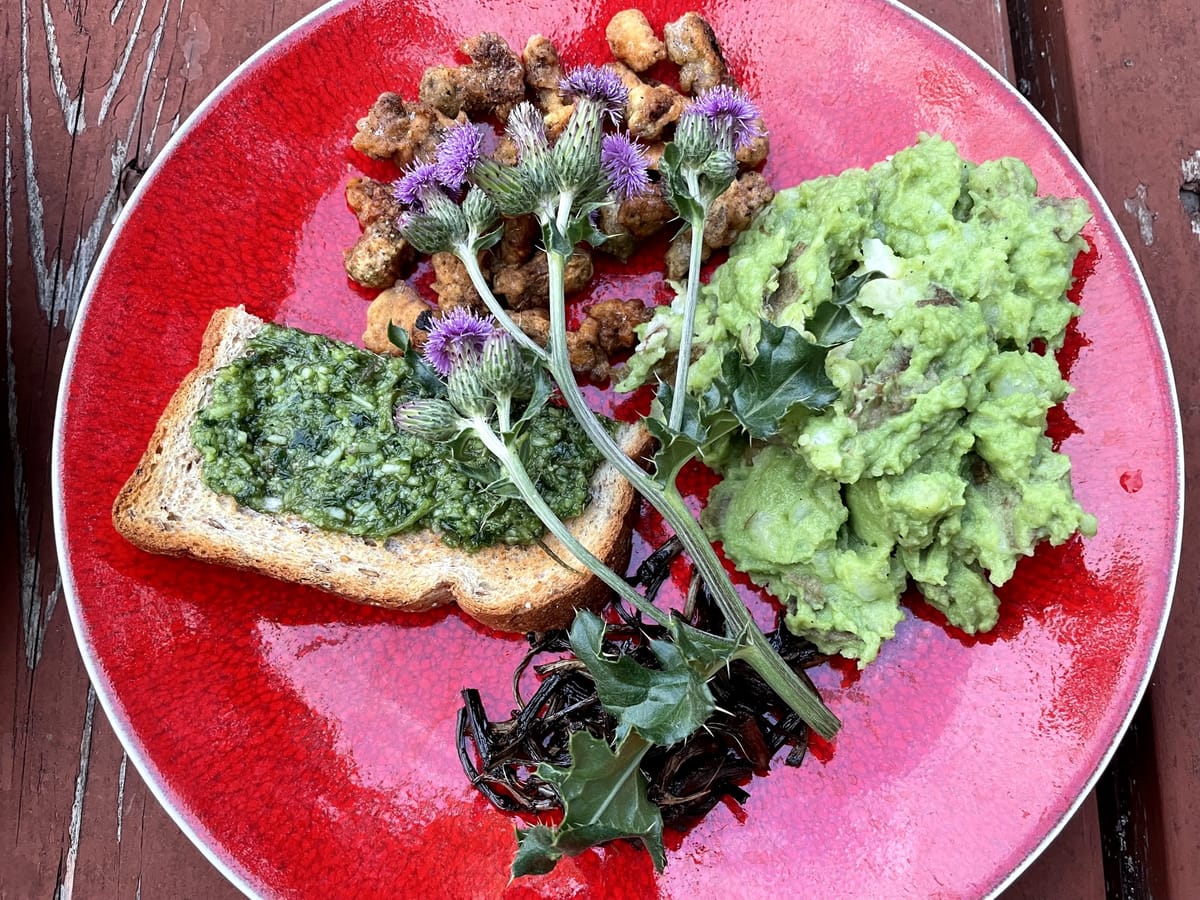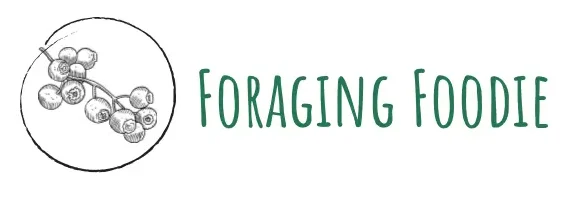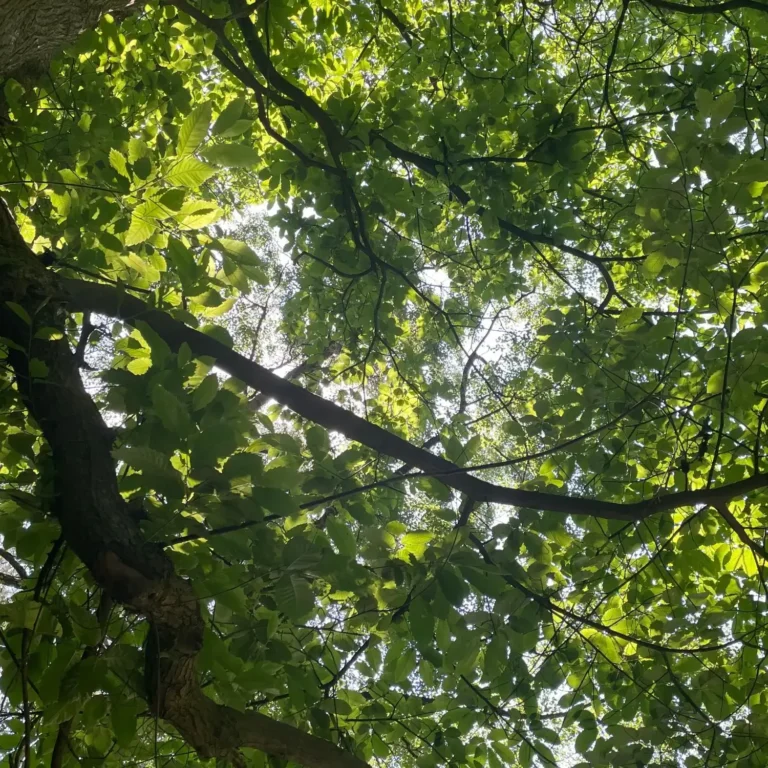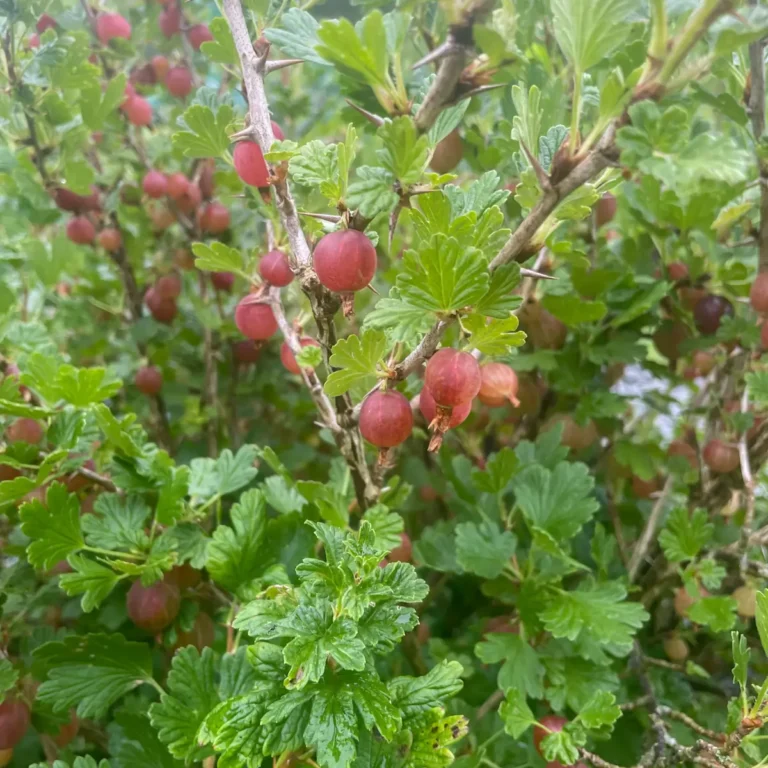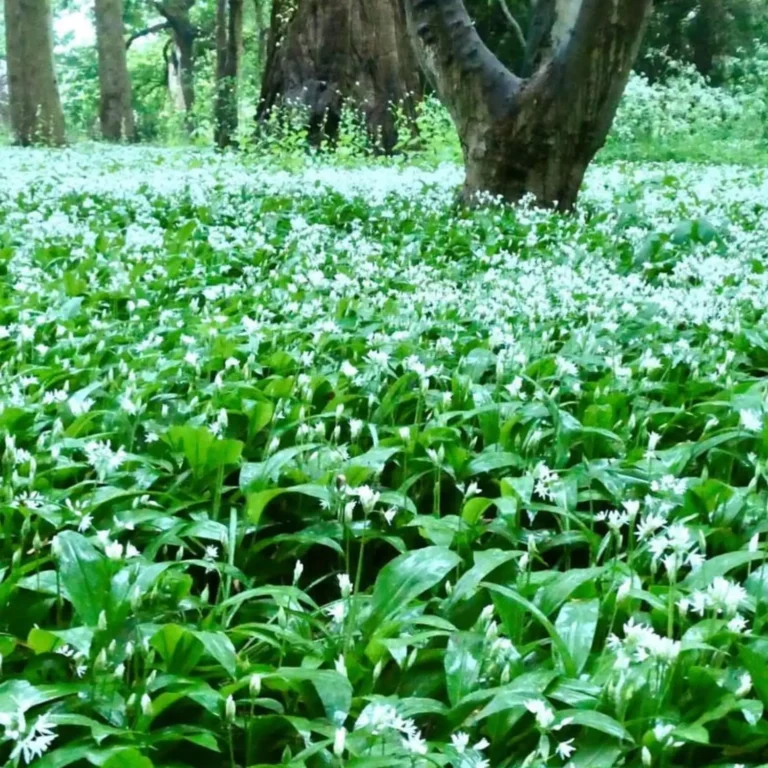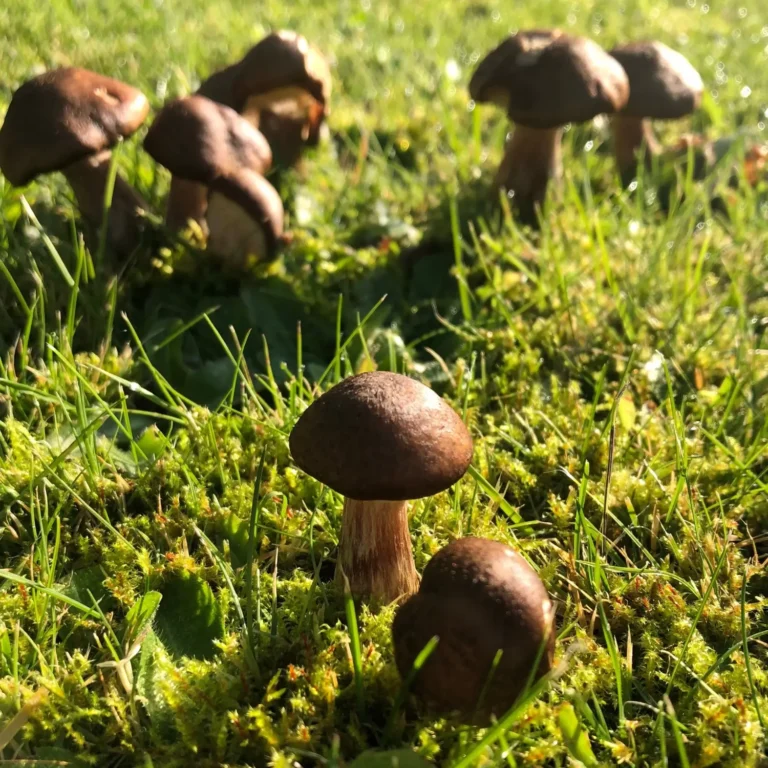Thistles may not be the friendliest-looking plant in the wild, all those prickles and spines! But beneath that defensive exterior lies a surprisingly useful wild edible. With over a dozen native or naturalised species in the UK, thistles are often overlooked by foragers, yet they offer edible stems, roots and even flower hearts if you’re patient (and careful) enough to process them.
I remember the first time I tried to forage thistles. I was overly confident and entirely underprepared. Armed with enthusiasm but not, as it turned out, gloves. Ten minutes in, my fingers were full of tiny spines and I was questioning all of my life choices. But there was something oddly satisfying about it too. The plant has presence: all prickles and strength, unapologetically tough. When I finally got those stems peeled and cooked with garlic and lemon, I was astonished. Mild, nutty, a little like celery with attitude. That experience taught me two things: always bring gloves, and never underestimate a plant that fights back.
Most thistles are safe to forage, particularly common species like spear thistle (Cirsium vulgare), creeping thistle (Cirsium arvense), and marsh thistle (Cirsium palustre). While they take more effort to prepare than, say, blackberries or wild garlic, they can still earn a well-deserved place in the wild kitchen.
How to Identify
There are several species of thistle in the UK, but they share a few key traits:
- Leaves Deeply lobed, often hairy, with sharp spines on the edges and along the central vein. Some may have a silvery sheen.
- Stems Usually spiny, sometimes winged (flat extensions down the side of the stem).
- Flowers Distinctive purple (occasionally pink or white) fluffy heads that look a bit like a punk-rock pom-pom. Bees love them.
- Height Ranges from knee-high to over 2 metres tall, depending on species and conditions.
- Roots Taproots, especially in first-year plants, can be thick and white. These are edible when young.
Harriet’s tip: Wear gloves when harvesting thistles. Their spines are no joke. And if it doesn’t hurt a little to gather, it might not be a thistle!
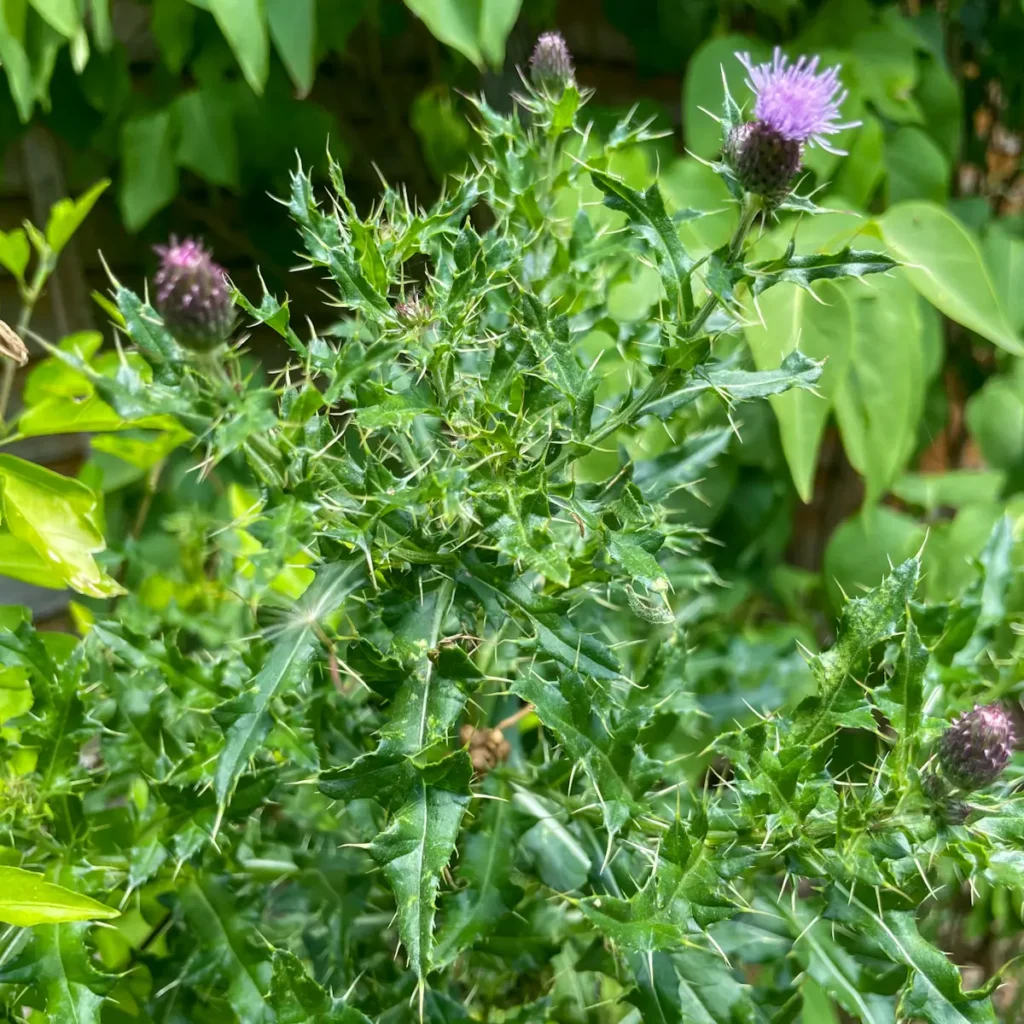
Where to Find Them
- Field edges, wastelands, overgrown paths, roadside verges (avoid foraging right by the road), coastal scrub and even urban green spaces.
- They favour sunny, well-drained soil and disturbed ground.
Thistles are often seen as nuisance plants, but they’re an important nectar source for pollinators, and surprisingly tenacious survivors.
When to Forage
- Roots Best in autumn of the first year (before flowering). Look for rosettes of leaves without a central stem.
- Stems Late spring to early summer, just as the plant begins to shoot up but before flowering. Still tender inside.
- Flower buds Before they open, use like mini artichokes, fiddly, but fun.
How to Forage Sustainably
- Thistles are incredibly common and often considered invasive but still, only take what you’ll use.
- Always leave flowering plants for pollinators when possible.
- Be mindful not to trample surrounding vegetation, their prickly defences aren’t shared by more delicate plants.
Try targeting patches where thistles are already being cut back or managed. Your harvest can double as weeding!
How to Prepare & Use
Let’s be honest: thistles take some work. But if you enjoy slow food and don’t mind a bit of prep, they’re worth the effort.
Stems:
- Peel with a knife or veg peeler to remove the outer spiny layer.
- The inside resembles celery and has a mild, nutty flavour.
- Use raw in salads or sautéed with butter, garlic, and lemon.
Roots:
- Scrub and peel well.
- Roast like parsnips, or slice and add to stews or soups.
- Young roots (first-year) are tenderest, older roots can be woody.
Flower Buds:
- Harvest before they bloom.
- Boil or steam like baby artichokes.
- Remove the spiny outer layers and scrape out the fuzzy centre (choke).
Use gloves even during prep. Tiny hair-like spines can cause irritation.
Recipes to Try With Foraged Thistles
Take it slow and enjoy the cooking process with thistles and you’ll be rewarded! Why not try one of these recipes using foraged thistles:
